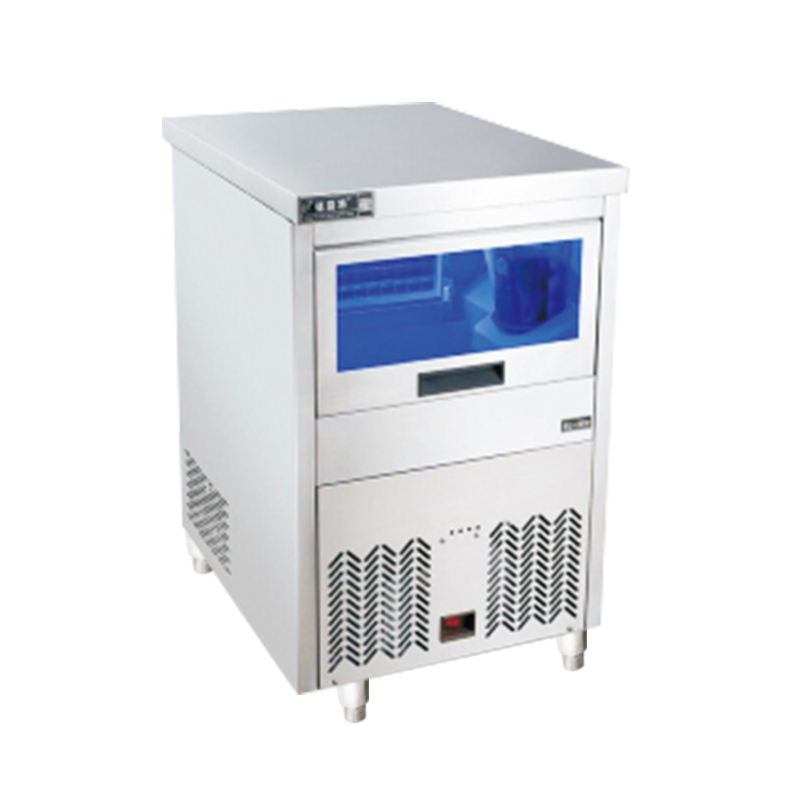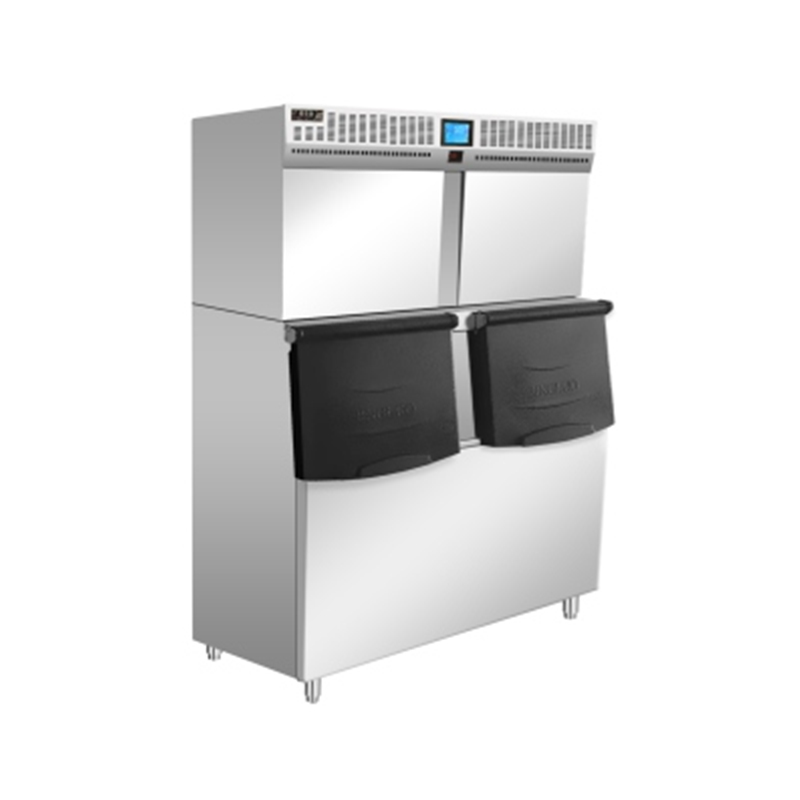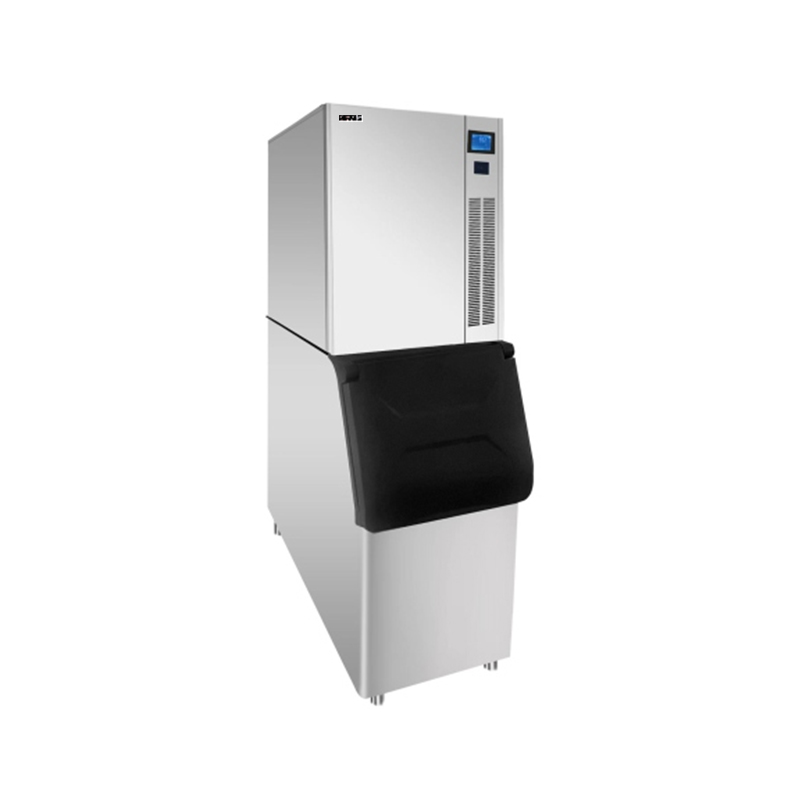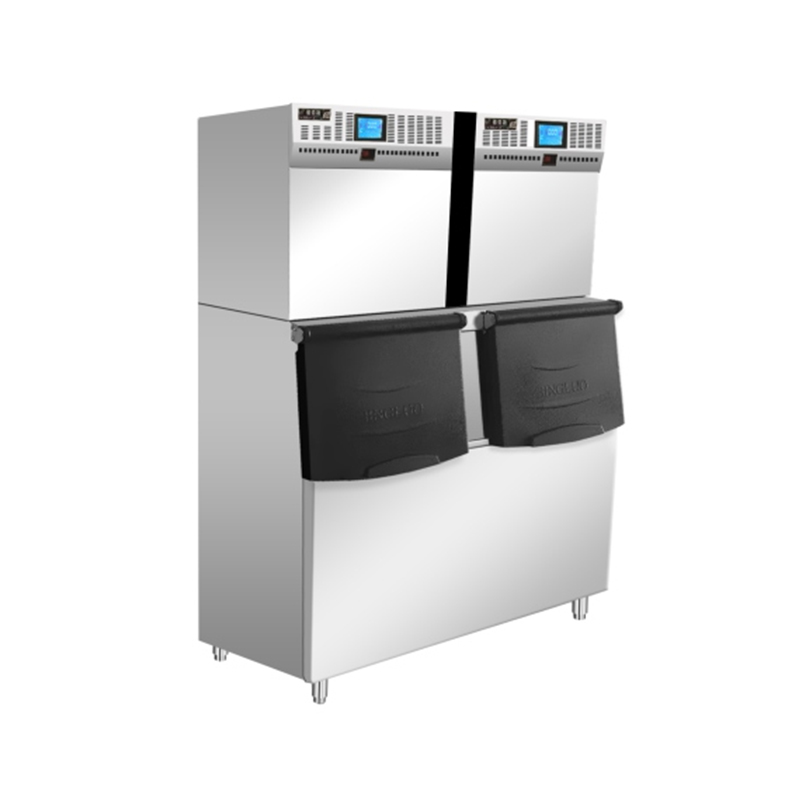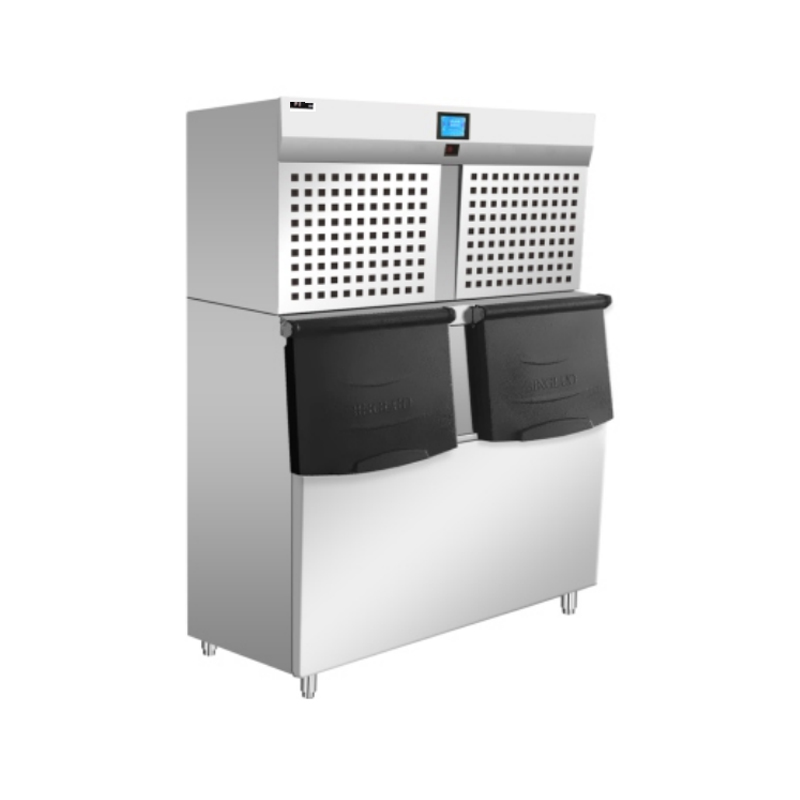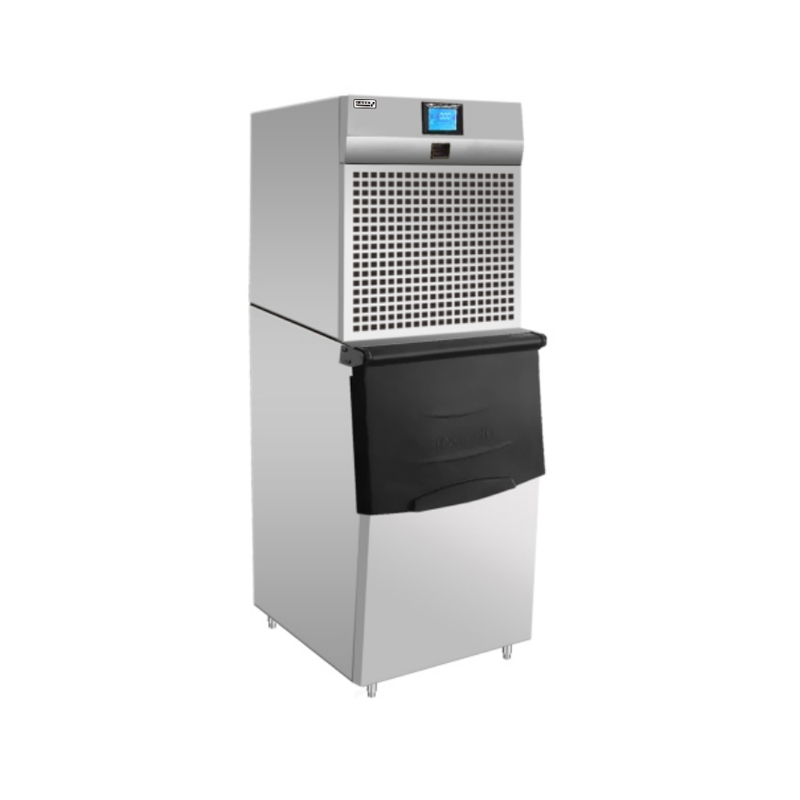2025-08-13
Single vs double door commercial refrigerator
A commercial refrigerator is a critical piece of equipment for any foodservice business, from bustling restaurants to small cafes. When it comes to choosing the right unit, one of the most common decisions you'll face is whether to go with a single-door or a double-door model. While both serve the same fundamental purpose, their differences in capacity, footprint, and energy consumption can significantly impact your operations.
Single-Door Commercial Refrigerators: Compact and Efficient
Single-door commercial refrigerators are the go-to choice for businesses with limited space or lower volume needs. These units are typically more compact, making them easier to fit into tight kitchen layouts. Their smaller footprint also means they are often more affordable to purchase and, in some cases, can be more energy-efficient for lower-volume storage.
Key advantages of a single-door commercial refrigerator:
-
Space-saving: They occupy less floor space, which is crucial for smaller kitchens or back-of-house areas.
-
Cost-effective: The initial purchase price is generally lower than that of a double-door unit.
-
Lower energy consumption (for lighter use): With only one door to open and close, less cold air escapes, which can lead to lower energy bills in low-traffic environments.
However, a single-door commercial refrigerator's main limitation is its capacity. If your business is growing or you frequently receive large deliveries, you may quickly find yourself running out of storage space.
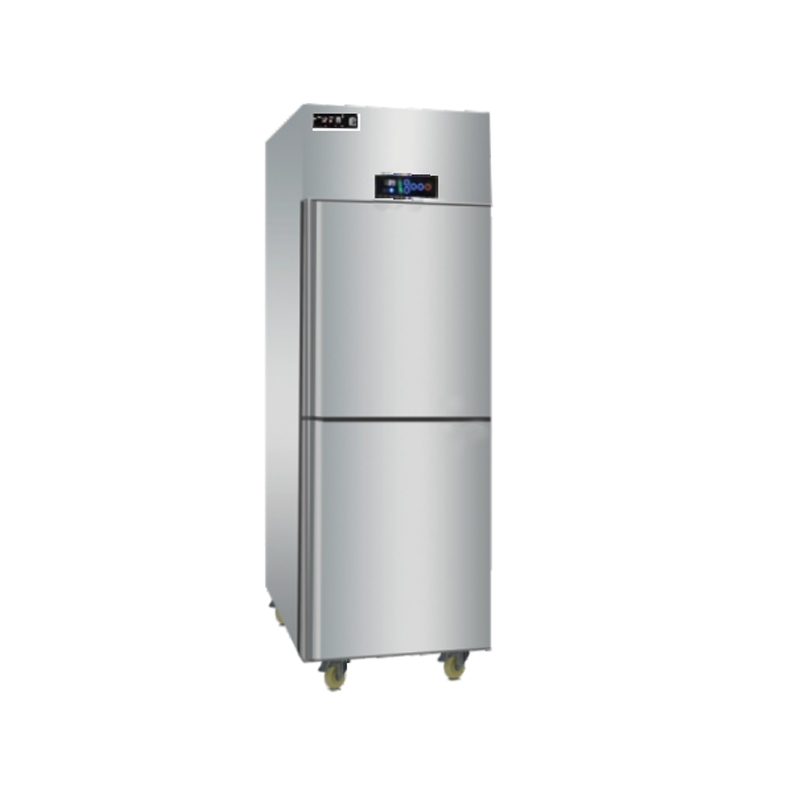
Double-Door Commercial Refrigerators: Maximum Capacity and Organization
For high-volume operations, a double-door commercial refrigerator is often the more practical and professional choice. These units offer significantly more storage capacity, which is essential for busy restaurants, hotels, or catering companies that need to store large quantities of ingredients.
The dual-door design also provides a major advantage in organization. You can dedicate one side for produce and the other for dairy or meats, preventing cross-contamination and making it easier for staff to find what they need quickly.
Key advantages of a double-door commercial refrigerator:
-
High capacity: They can hold a substantial amount of product, reducing the frequency of stock replenishment.
-
Improved organization: The separate compartments allow for better arrangement of different food types, enhancing hygiene and efficiency.
-
Reduced cold air loss (in high-traffic settings): When a staff member only needs to retrieve an item from one side, they only open one door, which can be more energy-efficient than opening a single, wide door for a larger unit.
The primary downsides are their larger footprint and higher initial cost. They require more floor space and a larger investment, which might not be feasible for all businesses.

 English
English русский
русский Español
Español عربى
عربى